Vector 4
“…Astonishing Transparency…”
The Absolute Sound, Issue 172
- Description
- Technical Specification
- Gallery
- Awards & Reviews
- Documents for Download
Vector Model 4 Tonearm with Basis Perfect Signal Transmission Cable
Armando “AJ” Conti realized his 18-year goal of producing an integrated record player system with the introduction of the original Vector tonearm. Ironically, before designing the first Debut turntable, as a professional product designer and part time audio dealer, his first product ideas and sketches were for a state of the art tonearm. Disappointment with the stability of available turntables led to the design of the now legendary Debut turntable, and Basis became a turntable company instead of a tonearm company. Over the next 16 years, evaluation of tonearms, experimentation to improve available tonearms, and new conceptual tonearm design work continued.
The Vector tonearm is the result of this evolutionary process, incorporating the same principles of engineering and physics that have made Basis turntables known and praised for their refined, natural, musical sound and neutrality. Also incorporated into the Vector tonearm is the legendary Basis precision and exacting execution of the fundamental design. The result is a state of the art tonearm capable of displaying the true potential of Basis turntables, and of conveying the nearly unbelievable layers of information, dynamics, and musicality that lay waiting to be discovered in the record grooves.
In January 2003, the first Vector with Basis “Perfect Signal Transmission Technology” cable began shipping. The Basis cable takes the standard-setting performance of the Vector tonearm to new heights.
Read the reviews of the Vector 4 tonearm with the 2200, 2800, and Inspiration from The Absolute Sound.
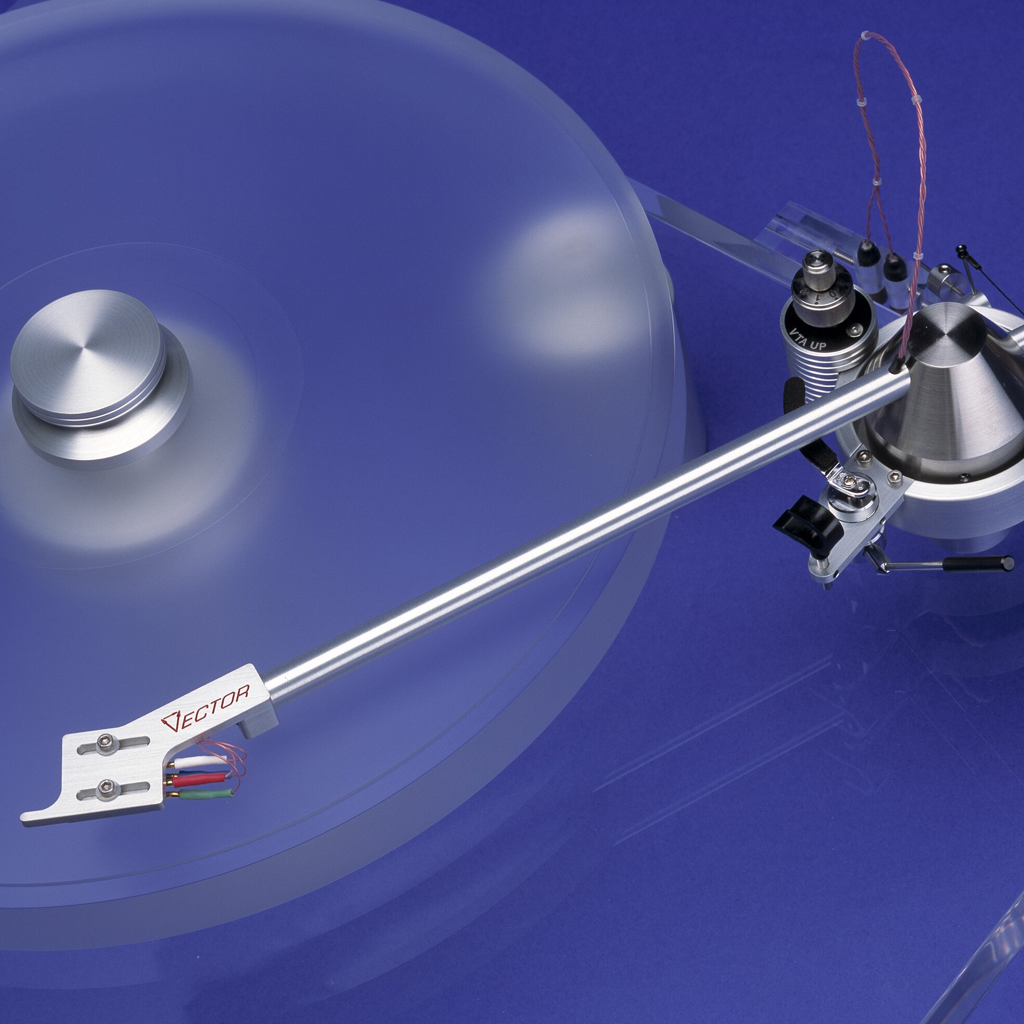
The Bearing
The Vector 4 tonearm utilizes a hybrid bearing featuring a point contact, .020” radius polished male pivot fabricated from hardened tool steel. The female cup is ground and polished from sapphire and is precisely radiused to achieve self-centering with the pivot. The entire weight of the tonearm is concentrated on the primary pivot, with an innovative stabilization bearing controlling azimuth as well as guaranteeing stability of the vertical rotational plane of the stylus. This new, advanced bearing system solves the problems with all previous fixed bearing arms (bearing chatter, lack of azimuth correction) as well as the problems with unipivot bearings (azimuth “rocking” reaction reducing bass and dynamics, “loose” hand operation, unstable azimuth reaction to vertical record warps). The result is a tonearm of unprecedented sonic performance and superior tracking, guaranteeing reduced record wear.
The Vector tonearm is designed with a center of gravity offset from the main pivot, generating a couple (torque) about the axis of the armtube. This torque creates a secondary force resulting in a constant side-load against the stabilizing bearing, which consists of an azimuth guide arm riding against an ABEC 7 precision ball bearing. The guide arm is ground and polished to a .060” radius, creating a point contact against the .125” radius bearing. The secondary bearing is loaded in a purely radial, uni-directional fashion, eliminating all free play as well as any requirement for the bearing to support axial loads. With a radial runout of .0001” or less, the secondary bearing guarantees azimuth stability to within .01070. The secondary bearing is submerged in an extremely temperature independent damping fluid, guaranteeing no possibility of bearing chatter. The azimuth guide arm is angled at the exact angle of the headshell, forcing the tonearm to maintain azimuth while traversing record warps and at all VTA settings. The above arrangement yields a silent bearing that is supremely stable, resulting in effortless sound and pinpoint, stable imaging. It must be noted that the secondary bearing is a hard, fixed azimuth support with no compliance. No other systems on the market result in this combination of total stability and freedom from chatter. Magnetic stabilization of azimuth position represents the addition of a secondary mass-spring system into the tonearm design and introduces a rotational resonance in the audio band, reducing image focus along with harmonic distortion.
The Armtube
The Vector armtube is fabricated from a “Matrix” alloy, a metallurgical development in which the crystal structure is controlled in such a way as to achieve desirable properties of resonance control without sacrificing strength. In science and technology periodicals research in this area has also been called “amorphous structure” and “liquid metal technology”. Independent of the terminology, properly executed this technology yields the best balance of strength and self-damping for a metal armtube. Along with internal damping, the Vector 4 armtube/headshell assembly form an inert platform for the cartridge to accurately retrieve the signal from the record.
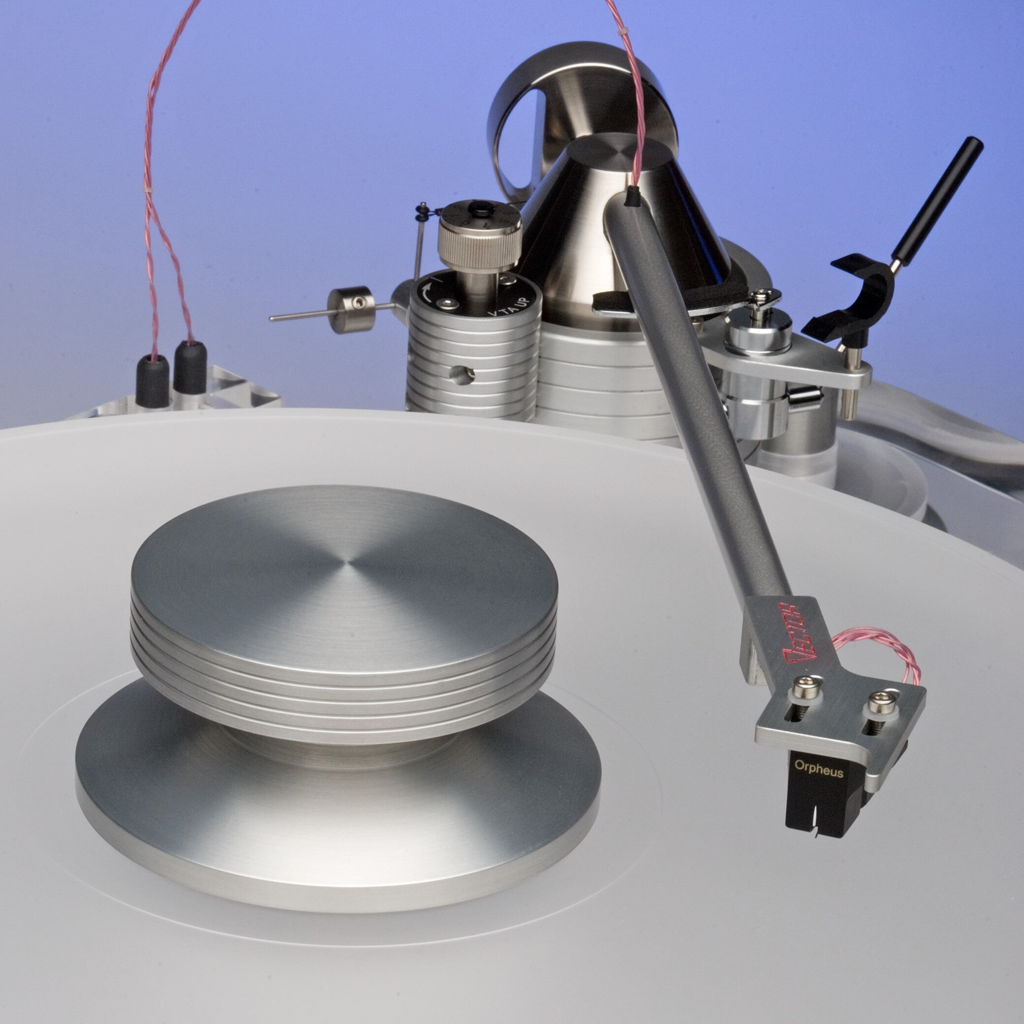
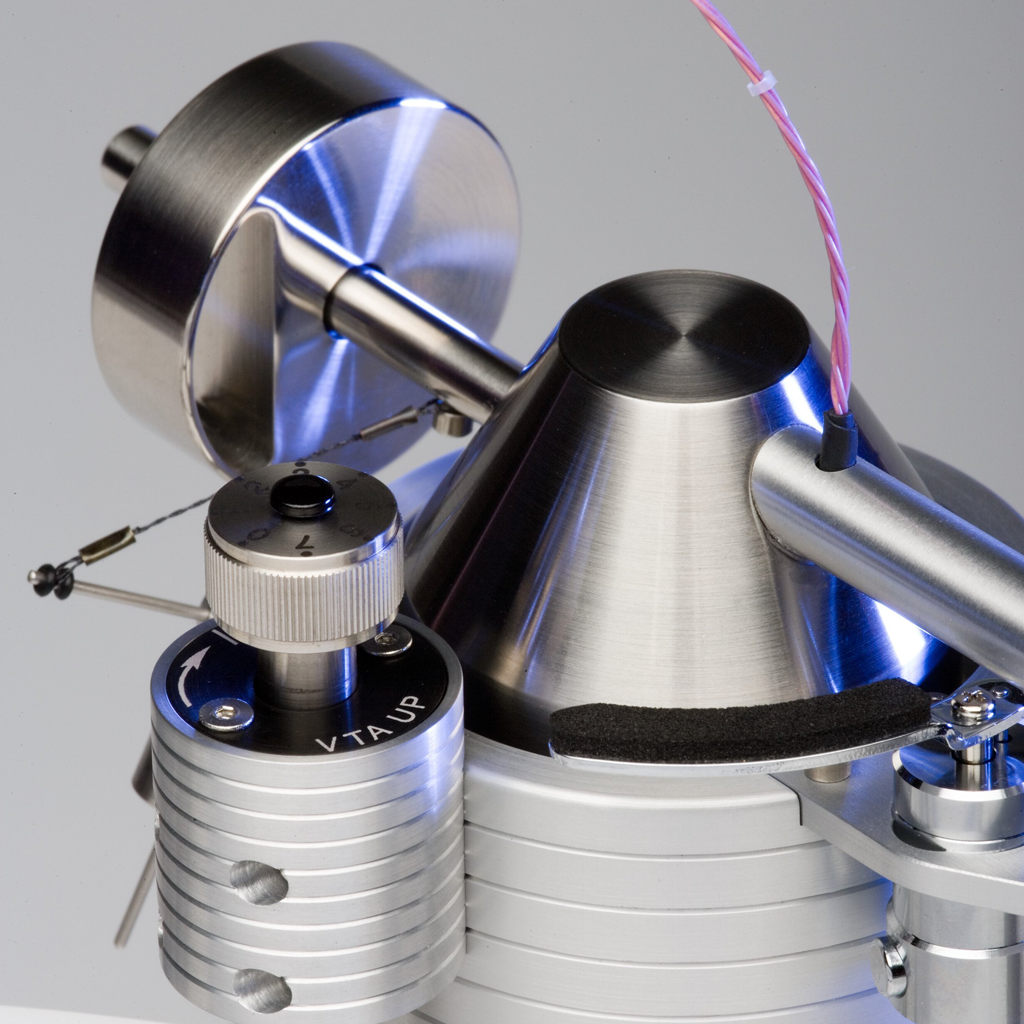
The Wiring
In design for two years, the Basis “Perfect Signal Transmission Technology” (PSST) phono cable follows the normal Basis practice of starting with the basic physics. In the audio range, capacitance and inductance of a cable changes radically as the frequency changes. Many listeners and audio industry professionals erroneously feel that higher frequency signal transmission poses greater problems than audio frequency transmission. The reality of changing electrical properties with frequency in the audio range creates havoc with musical signals. Audio range signals are far more affected by phase distortion than signals at higher frequencies. The nature of the complex functions of impedance, capacitance, and inductance are asymptotic, stabilizing at extremely high frequencies, but substantially changing at audio frequencies. Basis solves this problem by employing “Distortionless Transmission Line Theory”, balancing cable properties to achieve the single set of conditions which will result in perfect signal transmission. The result is a phase coherent cable whose sonic traits are those which one would expect from superior phase coherency: great clarity, seamlessness and an impression of sound sources “floating mid-air”, with the speakers “disappearing”.
Damping Solutions
In modeling the behavior of the tonearm-cartridge system, Conti went back to the undeniable engineering basics. The compliance of all cartridge suspension systems, along with the mass of the cartridge and tonearm, results in a classic “mass-spring system”. The laws of physics dictate that this system will exhibit a predominant natural resonant frequency specified by the actual cartridge compliance and system moment of inertia, equal to 1/(2pi) x (K/J)1/2 where J is the moment of inertia of the system and K is the effective spring rate of the cartridge. The elimination of ringing in this system can only be accomplished through the effective use of viscous damping, achieved in the Vector Model 4 tonearm by the use of stable viscous silicone damping fluid and substantial effective damping paddle area. In the current market, the Vector tonearm is alone in effectively supplying the required amount of damping in all planes to prevent ringing due to underdamping. Not coincidentally, the Vector displays unmatched dynamic explosiveness.
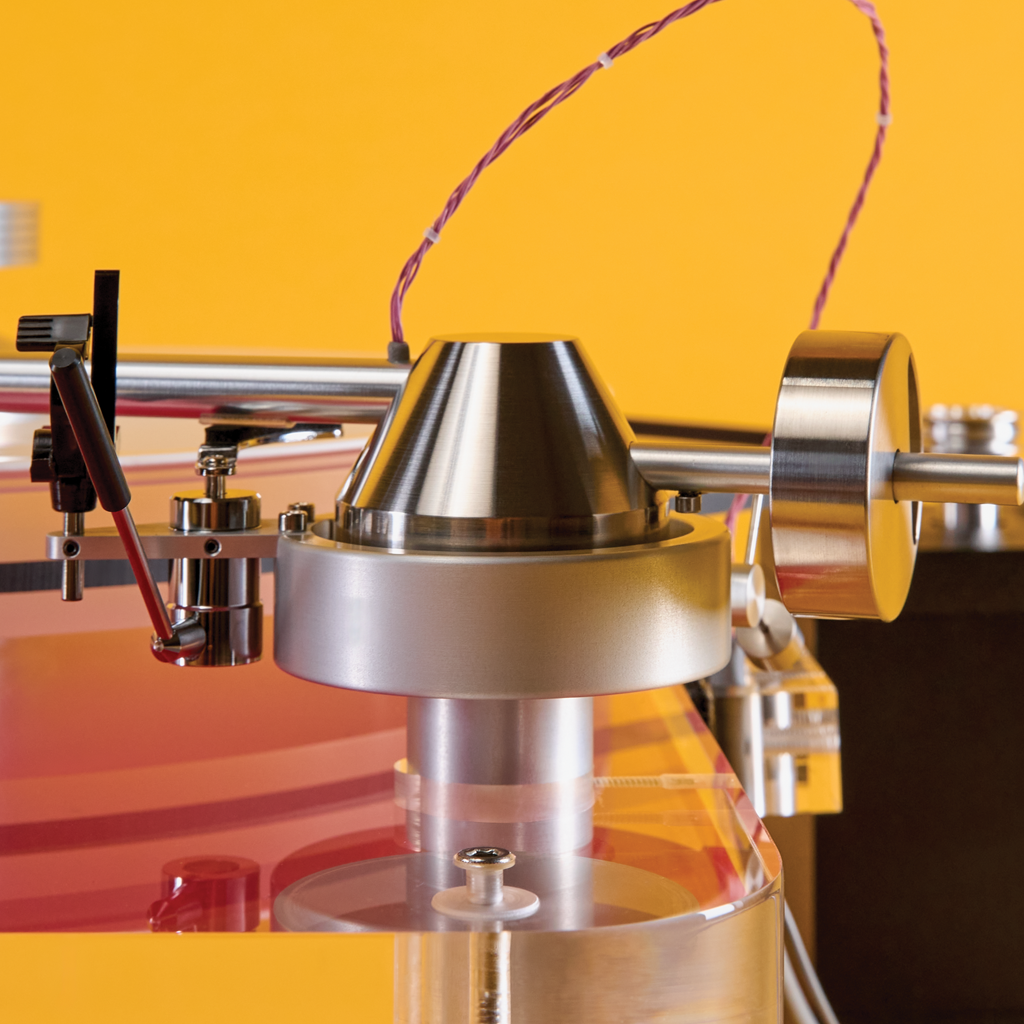
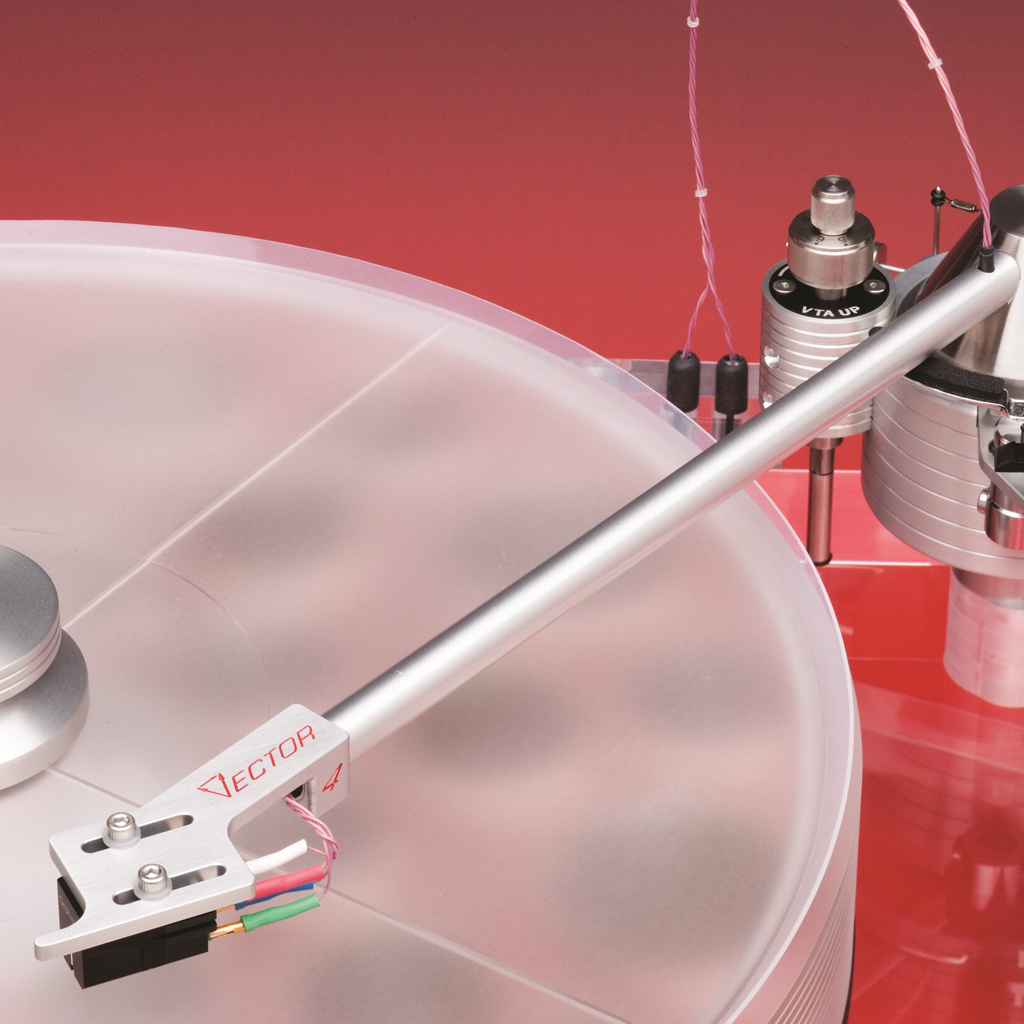
Anti-Stake Bias
In discussing any pivoted tonearm design some clarification on anti-skating bias is warranted. Skating force is generated during record play by the stylus of a cartridge mounted in any pivoted tonearm. Frictional force, (stylus drag force, “F”), is generated in the direction of groove-to-stylus motion, at a tangent to the record groove at the tonearm null points. The direction of this force vector is offset from the tonearm pivot by the headshell angle (“theta”) and can therefore be resolved into 2 perpendicular force components, one of tension along the cantilever centerline and one of skating perpendicular to the cantilever centerline, forcing the headshell toward the center of the record. The coefficient of friction between the record and stylus, “u”, multiplied by the tracking force, “T”, and sine theta, will give the magnitude: F = (u x T x sine theta). Assuming u = .13, for the Vector tonearm at a 2 gram tracking force F = .13 x 2 grams x .391 = .10 grams. Anyone who has experienced the large difference .10 grams makes in tracking force and cantilever compression would agree that this amount of sidewall force could destroy records and reduce sound quality if not negated.
For this reason, the Vector utilizes adjustable anti-skating, with a bias weight that can fully cover the range of anti-skate necessary even for the heaviest available cartridges.
Why the Name Vector?
The name “Vector” is representative of the analysis used in the design of this tonearm. There are a multitude of forces present during the playback of a record with a pivoted tonearm, including tracking force, inertially generated dynamic horizontal and vertical forces caused by record eccentricities and warps, skating and anti- skating forces, and torque reactions about the tonearm pivot, to name some of the more prominent. Each of these forces has a specific direction, which is the essence of a “vector”: a quantity that can be specified by both a magnitude and direction. Through the use of “free body diagrams” and vector addition each of these forces was broken down into orthogonal components and a summary of all forces acting on the tonearm was analyzed. The Vector 4 was designed to compensate properly for and be absolutely stable under the influence of each force. A true, fundamental, quantitative and qualitative engineering understanding of each of the pertinent parameters, along with a knowledge of the relationship between the objective science and the subjective musical performance (“the sound”) of analog playback devices has resulted in the Vector 4 tonearm. Without such vector and “free body” analysis this astonishing result could not be achieved. Hence, the name “Vector”.


Performance
There are no undiscovered laws of physics at work determining the sound of a tonearm. There are no unlocked secrets of metallurgy or bearing design that result in unpredicted sonic behavior. And there are no alternate theories to the simple analysis of damping in “mass-spring systems” that could be used to defend the level of underdamping seen in most other tonearm designs. So it comes as no surprise that the Vector tonearm performs as would be predicted given a friction-free, chatter-free bearing that is also fixed in the azimuth direction, a non-resonant armtube, uniquely proper damping, correct anti-skate, and spot-on geometry. To quote a well know reviewer after listening to a final, pre-production sample: “Deep, powerful bass; natural, low-fatigue, low-grain midrange; delicate, airy high frequencies; positively explosive dynamics; and the finest tracking I have experienced in my many years in the audio industry. It seems to set new standards in many aspects of tonearm performance.”
Robert Harley, editor of The Absolute Sound, in his review said “the 2800/Vector was revelatory; the sonic shortcomings of the LP format (which are readily apparent when LPs are compared with analog tape) seemed to disappear…..”
Paul Seydor of The Absolute Sound in his review said “The Arm (Vector 4) is a true masterpiece”.
Les Turoczi of 6moons.com wrote “The Basis 2800/Vector 4 represents unequalled achievement”. “The Vector 4 never mistracks and is a joy to operate……”
To quote another legendary figure in high-end audio, physicist David Fletcher, designer of “The Arm” and the SOTA turntable, “You have solved many of the problems that drove me crazy. Yes, I agree your damping is correct. I could not do that with my design.” In answer to the question, “What trade-offs do you see that were made to obtain the strengths of this design, the response was “None, and you can quote me.”
Analyzed from a technical standpoint, the Vector is a formidable technical solution. Evaluated by a music lover, the Vector is a sonic standout, redefining the possibilities of record playback by offering tracking levels never before approached, musicality, and startling dynamics.
VECTOR 4 TONEARM SETUP VIDEO
Technical Specification
• PIVOT TO SPINDLE DISTANCE: 222mm
• EFFECTIVE MASS: 11-15 grams
• ACCESSORIES FURNISHED:
Integral 4 foot (1.2 meter) tonearm cable, RCA or XLR
Alignment template
All necessary tools for mounting and adjustments
• OPTIONAL ACCESSORIES:
Mounting flange for mounting on non-Basis turntables
Machined aluminum mounting jig to position the Vector 4 correctly on non-Basis turntables
• TURNTABLE COMPATIBILITY:
The Inspiration, 2500/2800, 2200, Bravo, or any turntable that can accommodate a 222mm pivot to spindle distance, and has a platter height of 30mm or greater above the armboard surface.
TAS 2024 Editors’ Choice
Eight Awards
TAS 2023 Editors’ Choice
Eight Awards
TAS 2023 Product of the Year
Three Awards
TAS 2022 Editors’ Choice
Seven Awards
TAS 2021 Editors’ Choice
Seven Awards
TAS 2020 Golden Ear
Two Awards
TAS 2020 Editors’ Choice
Seven Awards
TAS 2019 Editors’ Choice
Five Awards
TAS 2018 Editors’ Choice
Five Awards
TAS 2017 Editors’ Choice
Five Awards
TAS 2016 Editors’ Choice
Five Awards
TAS 2015 Editors’ Choice
Four Awards
TAS 2014 Editors’ Choice
Four Awards
TAS 2013 Editors’ Choice
Four Awards
TAS 2012 Editors’ Choice
Four Awards
TAS 2012 Golden Ear
Two Awards
TAS 2011 Editors’ Choice
Three Awards
TAS 2010 Editors’ Choice
Three Awards
TAS 2009 Editors’ Choice
Three Awards
TAS 2008 Editors’ Choice
Three Awards
TAS 2008 Golden Ear
Two Awards
TAS 2007 Editors’ Choice
Two Awards
TAS 2007 Golden Ear
Two Awards
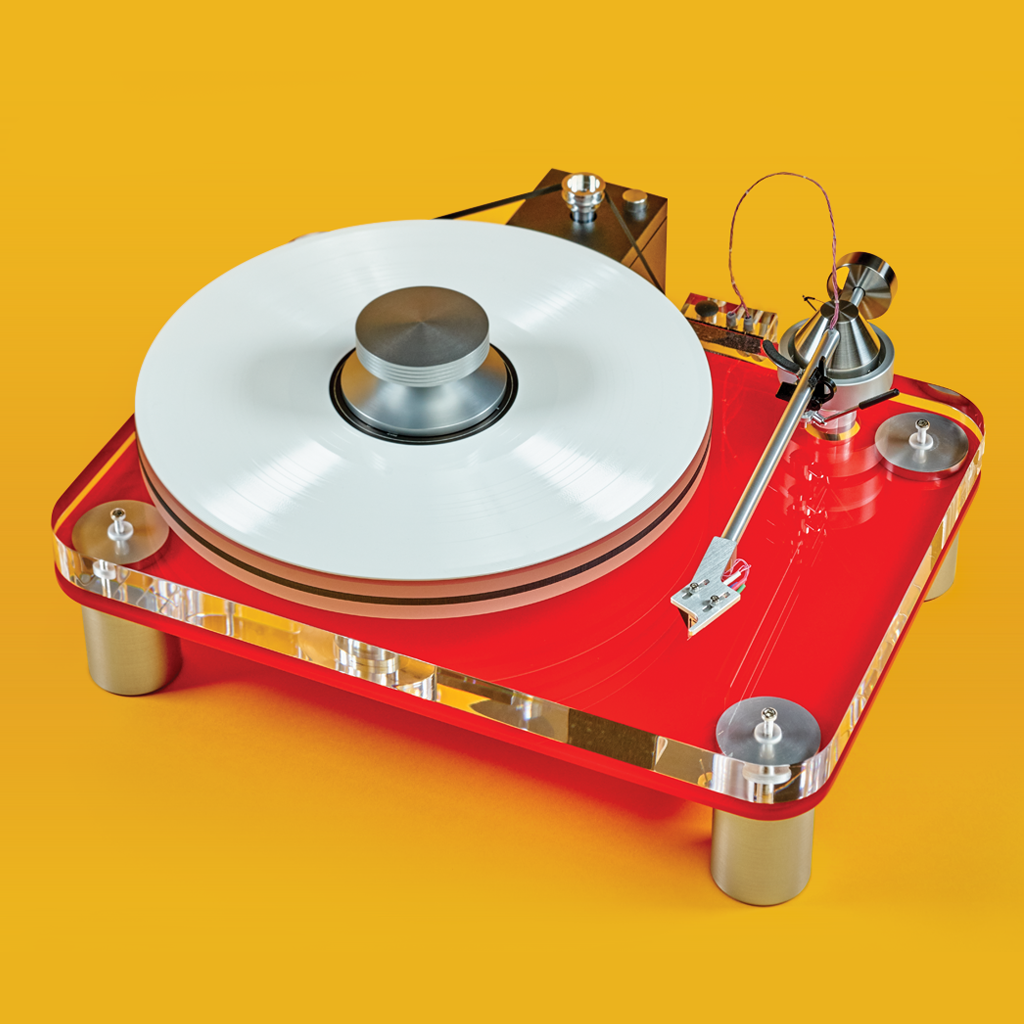
The Absolute Sound
review

The Absolute Sound – Product of the Year
review
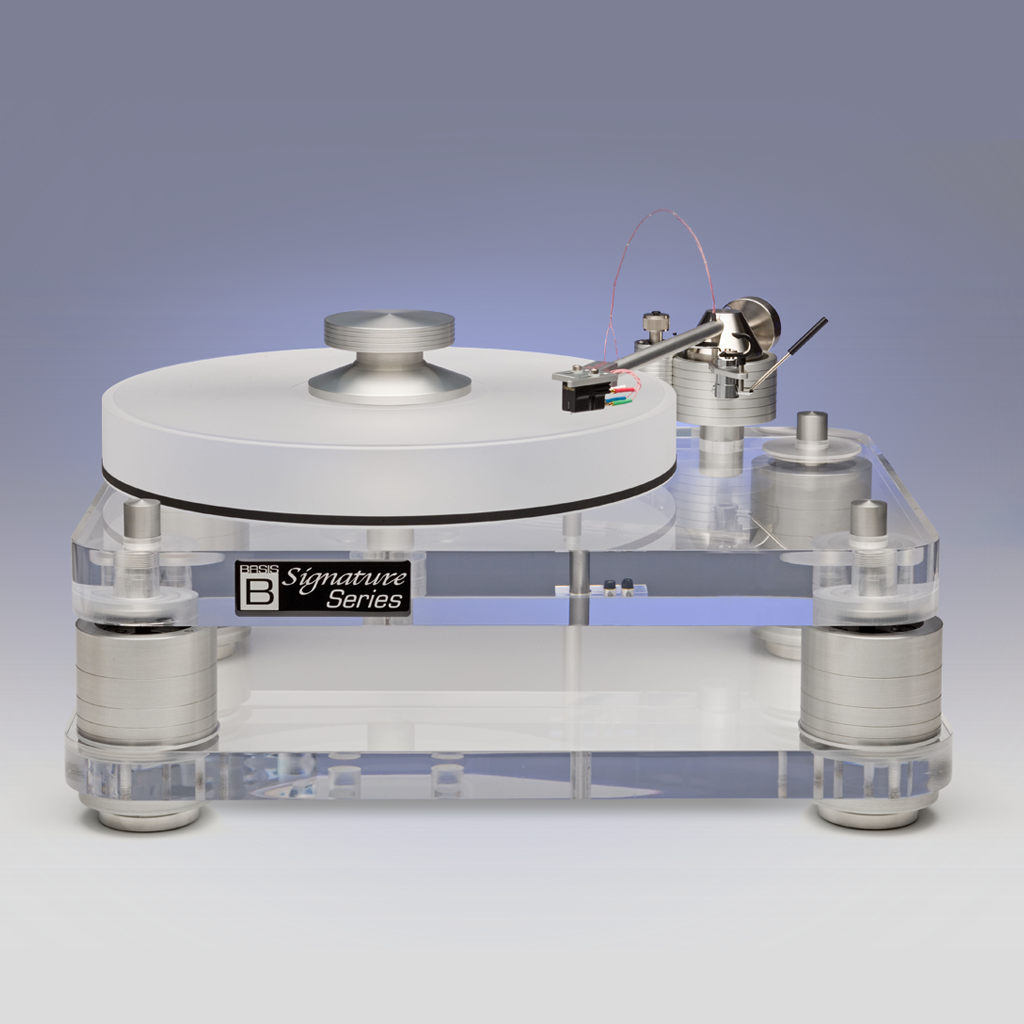
The Absolute Sound
review
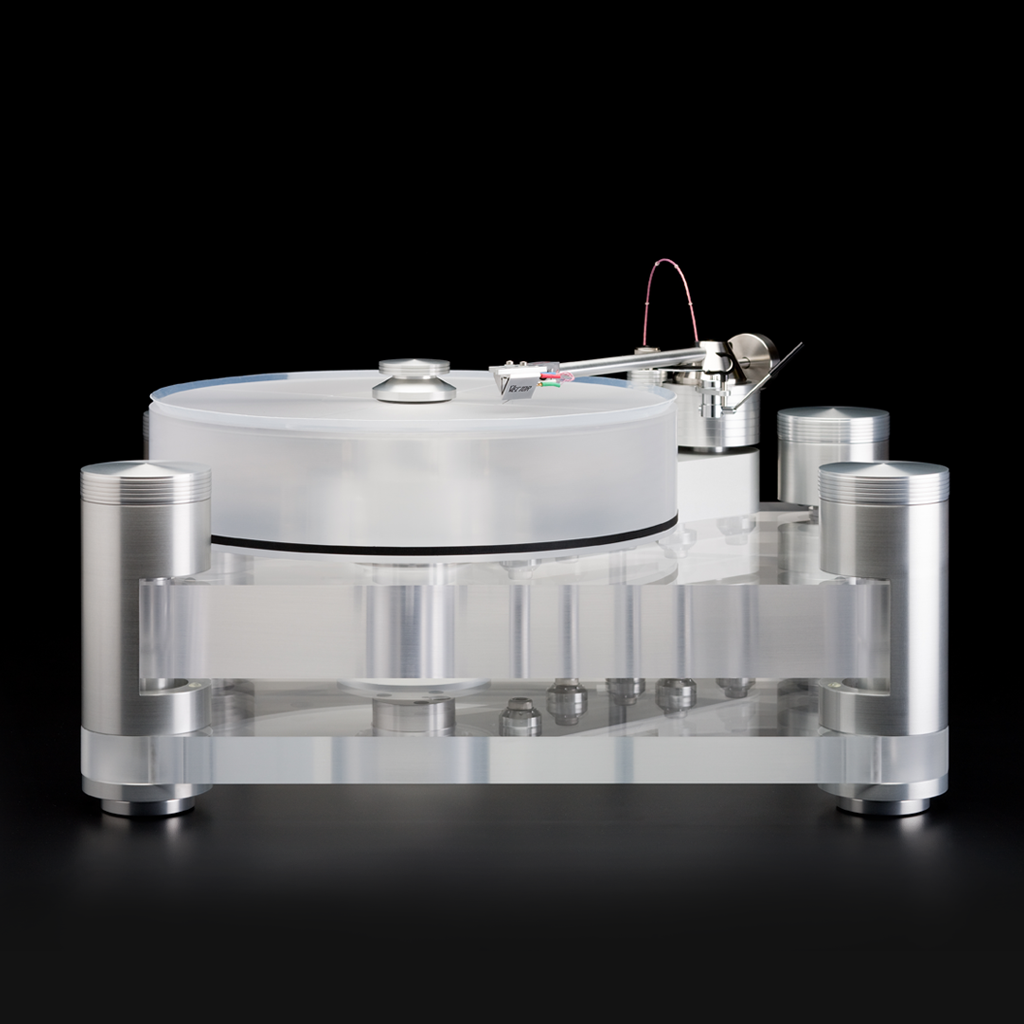
The Absolute Sound
review

The Absolute Sound
review

The 6Moons
review
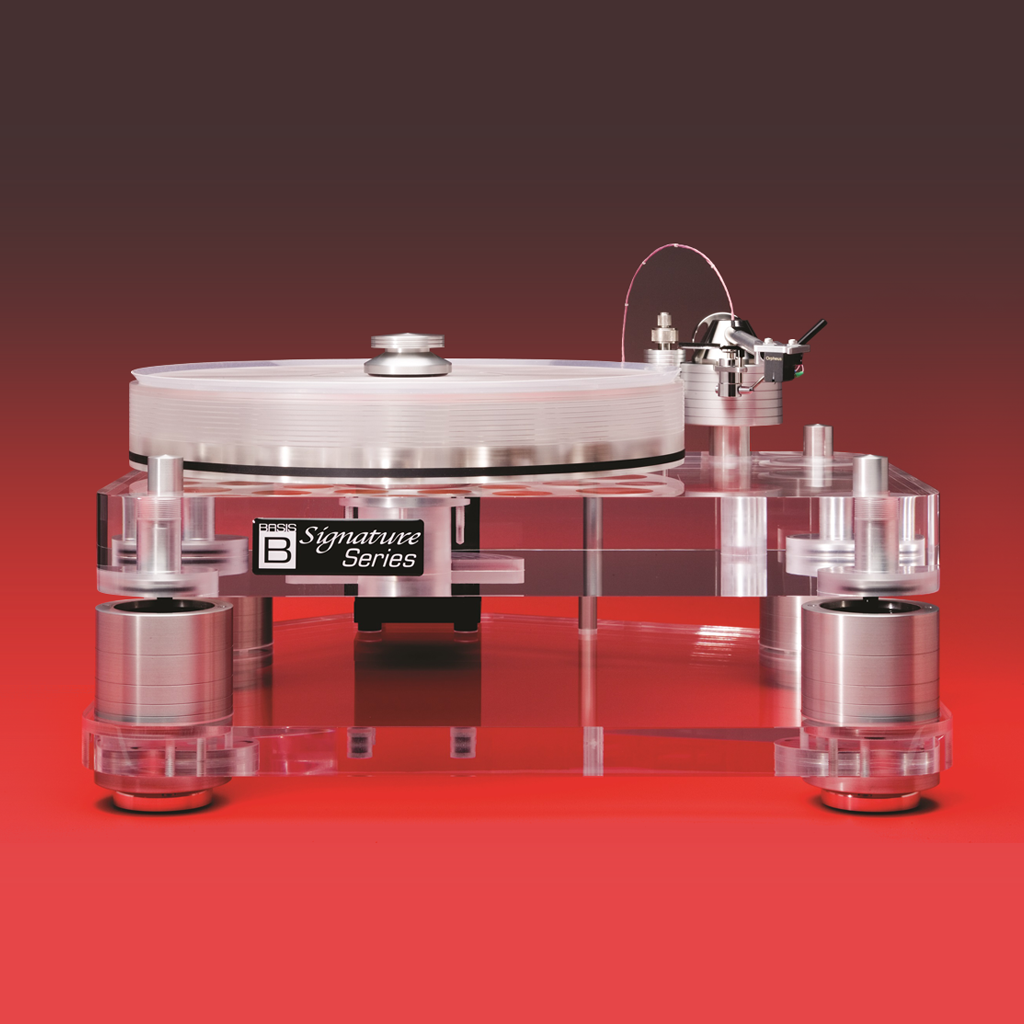
The Absolute Sound
review

The HIFI News
review
